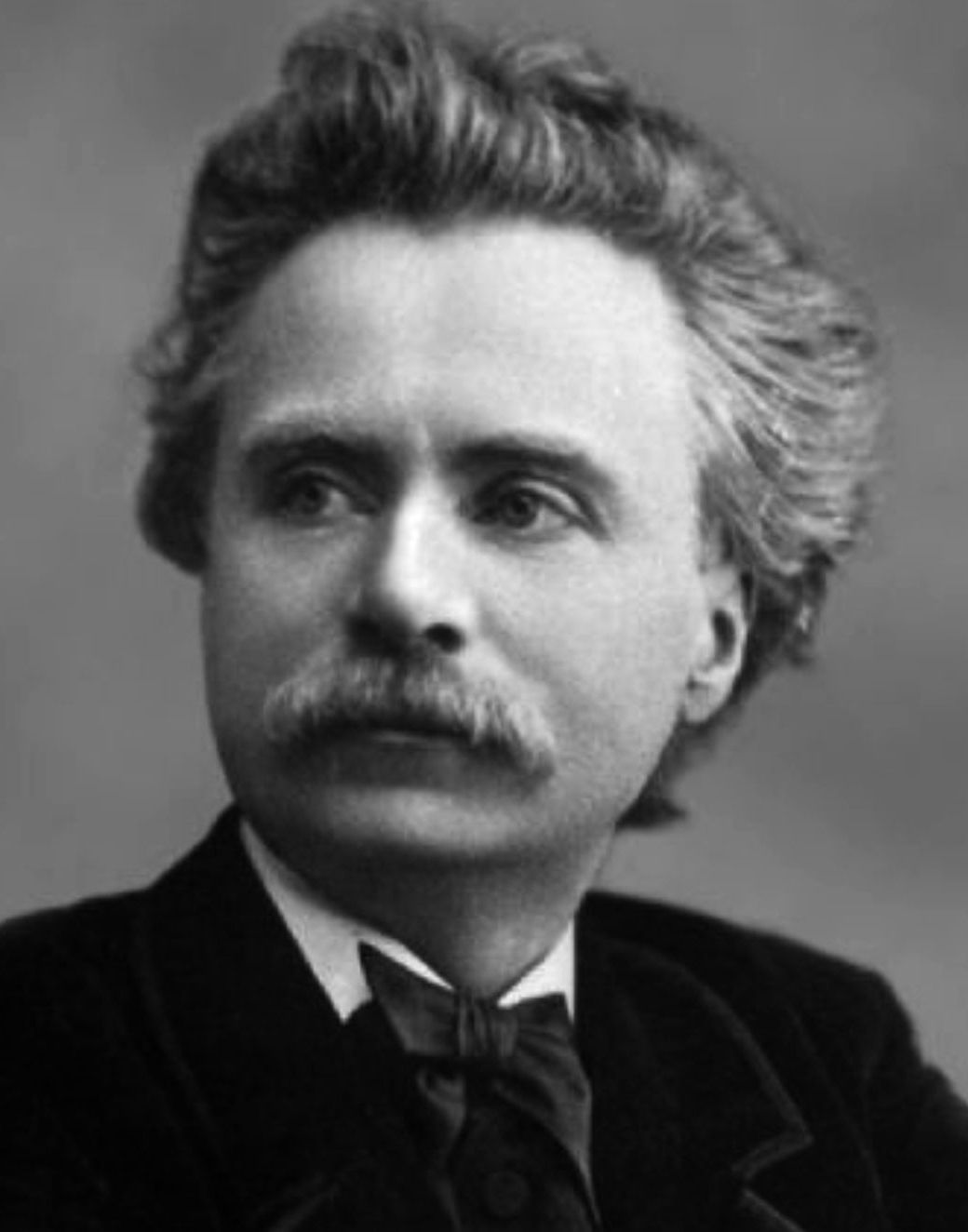|
||
|
Edvard Grieg was born in Bergen, Norway, on the 15th June 1843. He was brought up in a well to do family in Bergen, and was taught piano by his mother. At the age of 15 he enrolled in the Leipzig Conservatory where he studied piano, intent on a musical career. During his studies however, he suffered from both pleurisy and tuberculosis, and was to remain unhealthy for the rest of his life. In 1867 he married his first cousin, Nina Hagerup. They had just one child who sadly died in infancy from meningitis. The Piano Concerto in A minor, Op. 16, was composed in 1868 in Søllerød, Denmark where Grieg was staying to improve his health. It is clearly influenced by the piano concerto of Robert Schumann, sharing both key, form and compositional devices. Grieg had heard Schumann's concerto played by Clara Schumann in Leipzig in 1858 just two years after Robert's death. At the time of the composition of his own concerto Grieg had travelled widely in Europe, and was very familiar with the European musical tradition. In addition his work is given a particular character by the use of Norwegian folk music. Much of the melodic material shows folk music inflections, and the final movement is dominated by the rhythm of the "halling", a Norwegian folk dance. The première took place in Copenhagen. Grieg had intended to play the solo part, but was unable even to attend the performance due to work commitments in Oslo. The first movement is famous for its opening in which a timpani roll is followed by a dramatic piano flourish, preceding the main theme. The movement then follows the classical sonata form, though with the piano playing throughout the exposition. The first subject is agitated and searching, but the second subject, introduced by the cellos, is in contrast calm and gentle. The movement has both dramatic and lyrical moments, and a virtuosic cadenza for the soloist. It closes, as it opened, with a dramatic flourish from the soloist. The second movement opens with a beautiful theme in the remote key of D-flat major. It is played on muted strings creating an atmosphere of mystery. The movement broadens gradually and grows in grandeur leading to a sunny climax, which fades away quickly at the end. The third movement opens with a short introduction after which the soloist presents the lively "halling" dance. It is taken up by the orchestra and then developed in many imaginative ways. The second theme that follows, played at first by the flute, is a complete contrast, being tranquil and of great lyrical beauty. The halling dance returns with more development, including a transformation from duple into triple time, and the movement concludes with a grand triumphant statement of the second theme by the whole orchestra. Grieg revised the work many times throughout his life. The final version of the concerto was completed only a few weeks before his death, and it is this version that has achieved worldwide popularity. Of all his works the piano concerto has remained the most popular, and is deservedly one of the most popular concertos ever written. Grieg's Piano Concerto was performed by the Portobello Orchestra on the 4th April 2017. The soloist was Patrick Mattar and the orchestra was conducted by Sam Jones. back |

